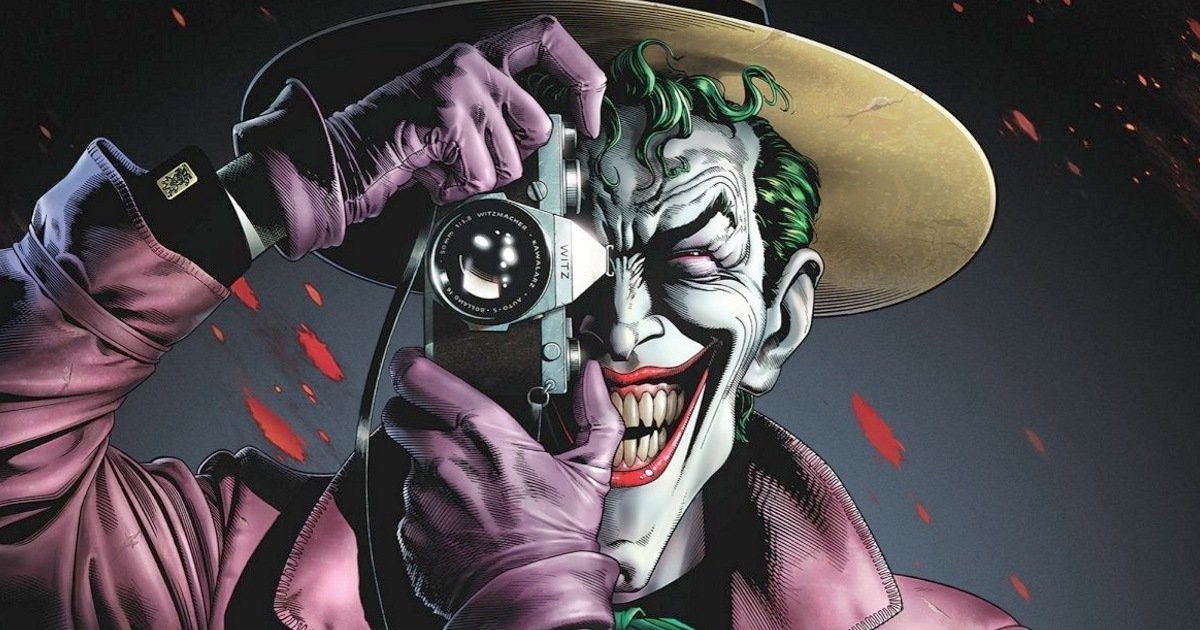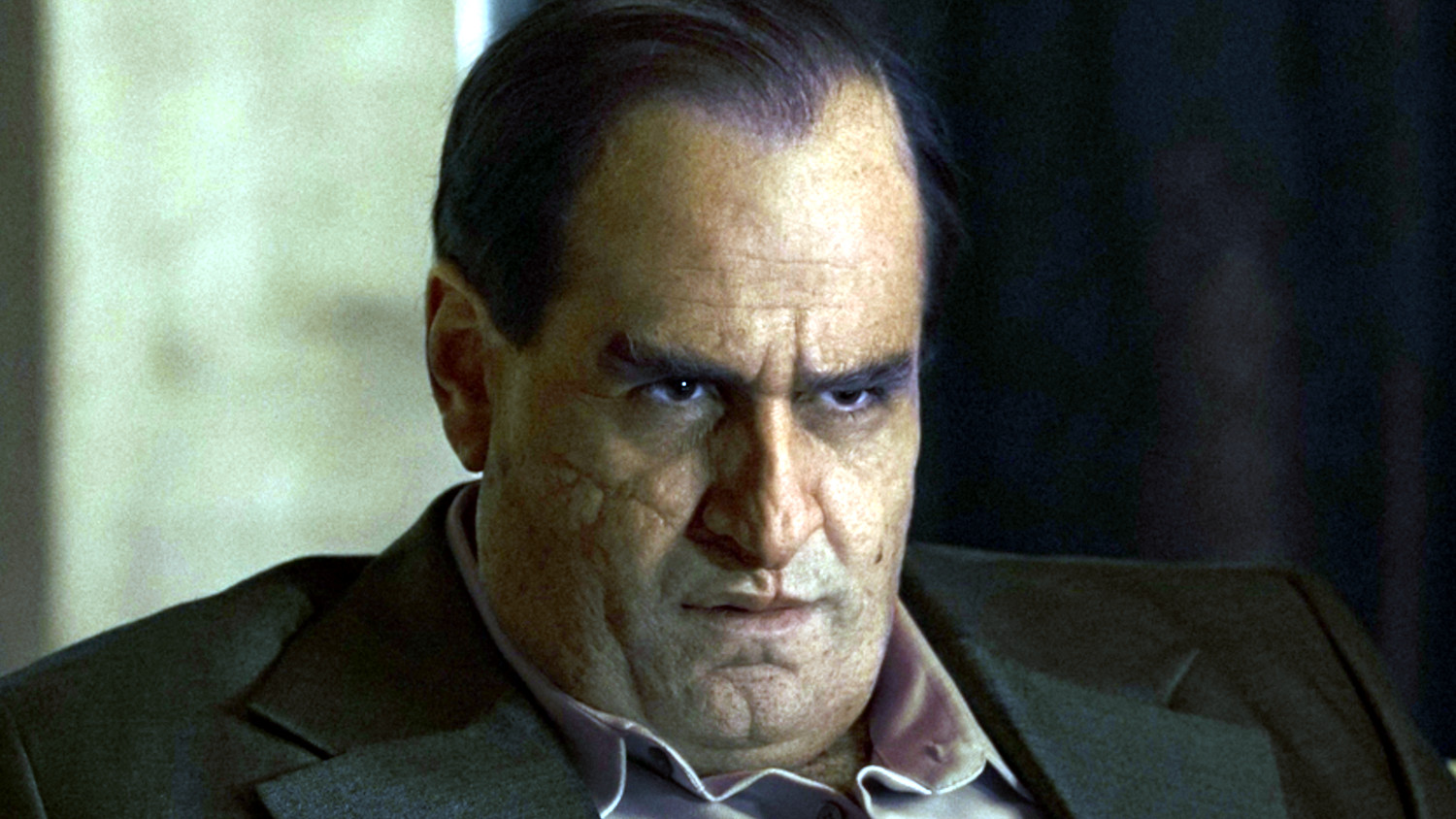
The Joke’s on Us
A Film Review of Batman: The Killing Joke
Once again, Warner Bros. has seen fit to prod their golden goose of infinite, licensed content that is the one and only Batman. The Killing Joke is an animated feature based on a graphic novel of the same name written by the caustically polarizing Alan Moore who wove a gruesome tale of sexual assault, torture and taking a peek behind the veil of pure insanity in order to present an origin story of the Dark Knight’s arch nemesis, the Joker. Originally published as a one-shot in 1988, the gravity of The Killing Joke sent terrifying shockwaves through the entire Batman mythology, fundamentally altering the makeup of every participating character from that point forward.
Director Sam Liu and Executive Producer Bruce Timm present an adaptation of this iconic story that valiantly attempts to channel the same sense of terror and revulsion in addition to restraint and sympathy held within the original graphic novel. The first act of this film, however, is an addendum which establishes a certain relationship between Batgirl and Batman in order to set the audience up for the actual Killing Joke story later on. This element of the feature has been a major point of contention within the fan community for just about every reason under the sun, but mostly because it doesn’t belong.
As much as I can understand these criticisms, its addition is not completely without merit. First, it provides viewers not familiar with the Bat-mythology a specific reason why Batman would be personally vested in the conflict to come. Second, it generates a decent amount of action for a story never having been lauded for its intense combat sequences or martial arts work by any character. Third, it reestablishes the same implied relationship between Barbara and Bruce that was suggested towards the end of the Batman animated series when Tim Drake Robin and Batgirl replace Dick Grayson Robin as Batman’s sidekicks. Thinking about the hooks to this subplot: stalker obsession and the issues that come from working under Batman (no pun intended) could have easily transformed into its own feature, one-shot novel or comic series by itself. Unfortunately, it was tacked on in the beginning and wrapped up as quickly as possible because the name of this film still happens to be The Killing Joke; a plot the film hadn’t actually begun yet. As a result this subplot overall feels vapid and rushed. Developing it into something more interesting would have defeated the purpose of this production all together.
The rest of the film does an adequate job at breathing life into the bullet points of The Killing Joke. The same story is told; the exact same story and therein lies my criticism. An adaptation affords the filmmaker a unique opportunity to fill in the blanks between the panels of comic fiction, but this film didn’t seem too concerned with pushing the envelope beyond the base recreation of those panels. Perhaps Liu and Timm felt they had reached their “creative meddling limit” with their ultimately unnecessary first act, but expanding upon The Killing Joke plot by making it more suspenseful, violent and shocking is something I was not only looking forward to, but also expecting considering its R-rating.
As it turns out, this production wasn’t going for that kind of edge in the first place. There’s no doubt that the filmmakers of The Killing Joke were mindful of dangling in the range of PG-13 (the highly coveted rated for maximized profitability). Apparently, they seemed to forget about the massive inferiority complex western society has about sexuality vs. violence that has always been reflected by the MPAA because they were a tad miffed at getting the big “R.” According to Sam Liu during this past Comic-Con in San Diego:
“We‘ve had many films where people get shot and there’s blood, things that make me think we’re going to get an R-rating! For whatever reason violence is – there’s a certain desensitization that’s happened. That’s not as shocking anymore. But for some reason, sex and psychological torture is more touchy ground.”
The Killing Joke adaptation certainly has enough content “on paper” to qualify for its rating, but seeing it all play out in real time doesn’t feel very harsh at all. As a matter of fact, it’s about as soft as R-ratings come. Nudity is constantly cut away from or conveniently obscured by foreground/background framing. There are a few curses in passing dialogue, but they seem forced and awkwardly placed. There were even some instances where characters would build up to drop an F-bomb and then is curiously replaced by gosh-darned cleaned up alternatives. Yes, there is violence here, blood is shown and some succumb to headshots, but even this is tame in comparison to something along the lines of Ninja Scroll (1993).
Other things bothered me about this feature such as the musical number sung by Mark Hamil’s Joker that was composed specifically for this production. It was far too whimsical and childish in its melody and lyrics that it really belongs in one of Timm’s BAS episodes and specifically not this adaptation. The documentary featurettes would have you believe this segment was designed for maximum disgust, horror and fear, but I literally laughed at the screen when I heard those talking heads say that. (Note: the Mark Hamil interview is the best part of this entire production)
I also could not wrap my head around the inconsistent art design for the characters in this film. Non-primaries have the exact same Bruce Timm style from his classic animated series. Joker has his own unique style which transitions to and from an anime-style during more emotive moments. And then there’s Batman … ugh! His design is some abomination hybrid between Brave and the Bold and New Frontier, and it simply looks ridiculous when paired with the Kevin Conroy’s legendary baritone voice.
In the end, The Killing Joke is a film that plays out in a very average way which is fitting for the summer of 2016: the year summer blockbusters (overall) were so dedicated to tedium they almost broke the superhero genre. It isn’t terribly bad, nor is it terribly good, but it could be a waste of time if you had anything else interesting to do. If I wanted a motion comic of The Killing Joke, I would hold the graphic novel above my head, move it around and read it out loud.




